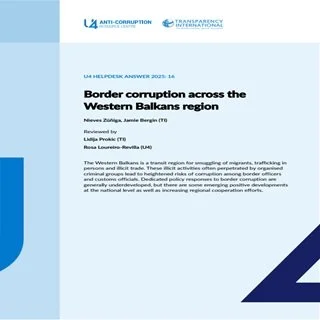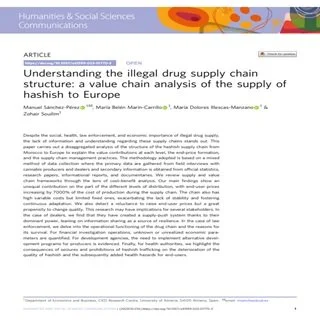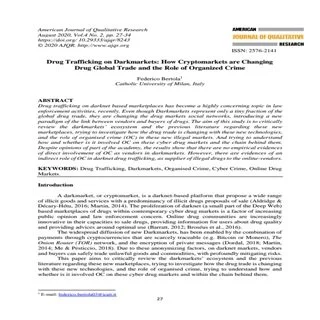By The: United Nations Office on Drugs and Crime
Illicit financial flows (IFFs)- financial flows that are illicit in origin, transfer, or use, that reflect an exchange of value and cross country borders – are major impediments to sustainable development. They divert important resources away from state revenue and public investments, foster impunity, and ultimately erode criminal justice systems as a whole. The harmful effects of illicit Financial flows and the need to reduce them are demonstrated by their inclusion in the 2030 Agenda for Sustainable Development as Target 16.4. It stipulates the goal to “significantly reduce illicit financial flows and arms flows, strengthen the recovery and return of stolen assets and combat all forms of organized crime”. Progress towards this target is measured by SDG Indicator 16.4.1 (the “total value of inward and outward IFFs in current US dollars”), for which UNODC is the custodian together with UNCTAD.
Organized crimes vary in their characteristics, objectives, and the extent to which they cross national borders. Consequently, the amount and nature of the IFFs they generate also varies. Given the transnational nature of smuggling of migrants (SOM) and cross-border trafficking in persons (TIP), monitoring and combatting IFFs is crucially important for disrupting, prosecuting, and dismantling the organized criminal networks committing these dangerous crimes.
This Study focuses on the trends, nuances, and complexities surrounding IFFs associated with smuggling of migrants and trafficking in persons into the European Union (EU), with specific attention paid to those relating to GLO.ACT partner countries.1 It is based on an analysis of available data, field research findings, and review of secondary literature.
Vienna: UNODC, 2023. 86p.





